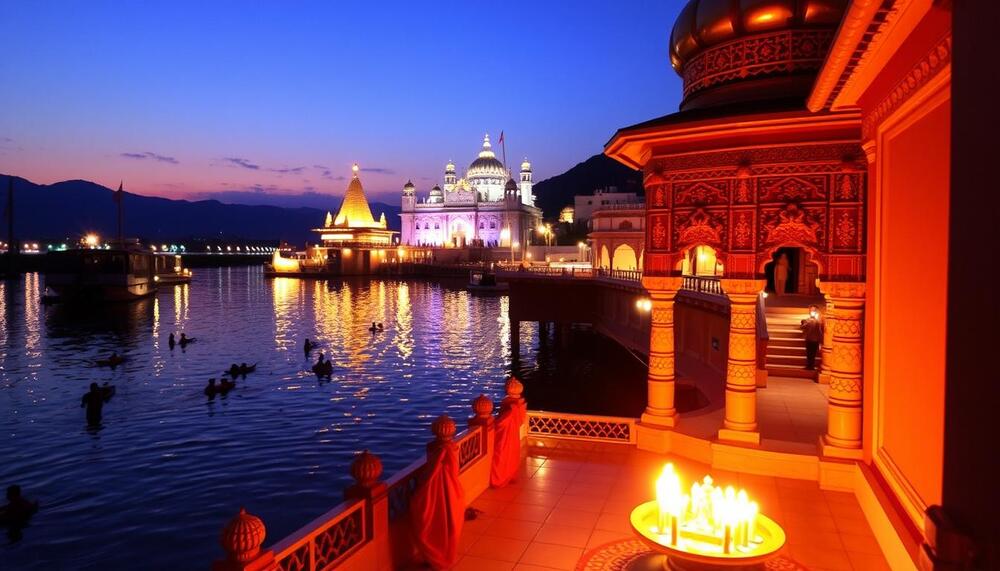 Home » TRAVEL NEWS » KPMG-PHDCCI Report Highlights Growth of Pilgrimage and Spiritual Travel Tourism in India
Home » TRAVEL NEWS » KPMG-PHDCCI Report Highlights Growth of Pilgrimage and Spiritual Travel Tourism in India
Sunday, August 25, 2024
Reading Time: 2 minutes 
KPMG-PHDCCI report unveils the rise of pilgrimage and spiritual travel tourism in India, highlighting its growth, economic impact, and future opportunities.
Pilgrimage and spiritual tourism are emerging as significant segments within the global tourism industry, reflecting an increasing interest in cultural, spiritual, and faith-based travel experiences. India, home to over 450,000 religious and cultural heritage sites, boasts a wealth of pilgrimage and spiritual landmarks. The recent report by KPMG in India and PHDCCI, titled “Sacred Journeys: Unfolding the Evolution and Growth of Pilgrimage and Spiritual Tourism in India,” was unveiled at PHDCCI’s 1st Global Spiritual Tourism Conclave. The report delves into the key drivers of this tourism sector, its economic impact, and the challenges and opportunities it presents for various destinations.
With spiritual tourism in India on the brink of substantial growth, understanding the diverse motivations of pilgrims and providing tailored solutions is essential. Equally important is recognizing the inherent risks and sensitivities to ensure that this form of tourism promotes respectful, sustainable, and mutually beneficial interactions between visitors and host communities. The report underscores that, in the post-pandemic era, spiritual tourism has gained increased prominence, marked by a rise in the number of travelers and economic activity both globally and within India. The evolution of religious tourism now caters to contemporary travelers who seek more meaningful, responsible, and transformative experiences.
Digital technology has significantly influenced religious tourism, with modern trends showcasing a blend of traditional and contemporary practices. The rise in religious tourism in India can be attributed to increased digital exposure and favorable reviews from travel bloggers. The popularity of virtual pilgrimages, which soared during the COVID-19 pandemic, continues to shape travel preferences. Many pilgrims now combine their spiritual journeys with medical treatments or wellness retreats. Improved connectivity and infrastructure have further facilitated easier travel, making it more convenient for visitors to access these destinations.
Identifying various categories of pilgrims and addressing their specific needs is crucial for enhancing the pilgrimage experience and effectively managing resources. Pilgrimage tourism can be broadly categorized into explorers, solo travelers, and mass-organized pilgrims. Strategies to address these needs include the holistic development of religious sites by integrating adventure and wellness tourism, enhancing the visibility of lesser-known sites through research, preservation, and community involvement, and implementing educational programs to attract tourists interested in cultural enrichment.
Vivek Agarwal from KPMG highlighted the importance of adopting a comprehensive, holistic, and sustainable approach to developing pilgrimage sites to enrich spiritual experiences and preserve these destinations. Aalap Bansal pointed out that while digital tools and social media have expanded the reach of spiritual practices, issues such as over-tourism and infrastructure strain must be addressed through sustainable practices and diversified tourism offerings. Ultimately, pilgrimage and spiritual tourism offer substantial opportunities for economic growth and cultural exchange, provided that development is managed to safeguard cultural and religious heritage for future generations.

